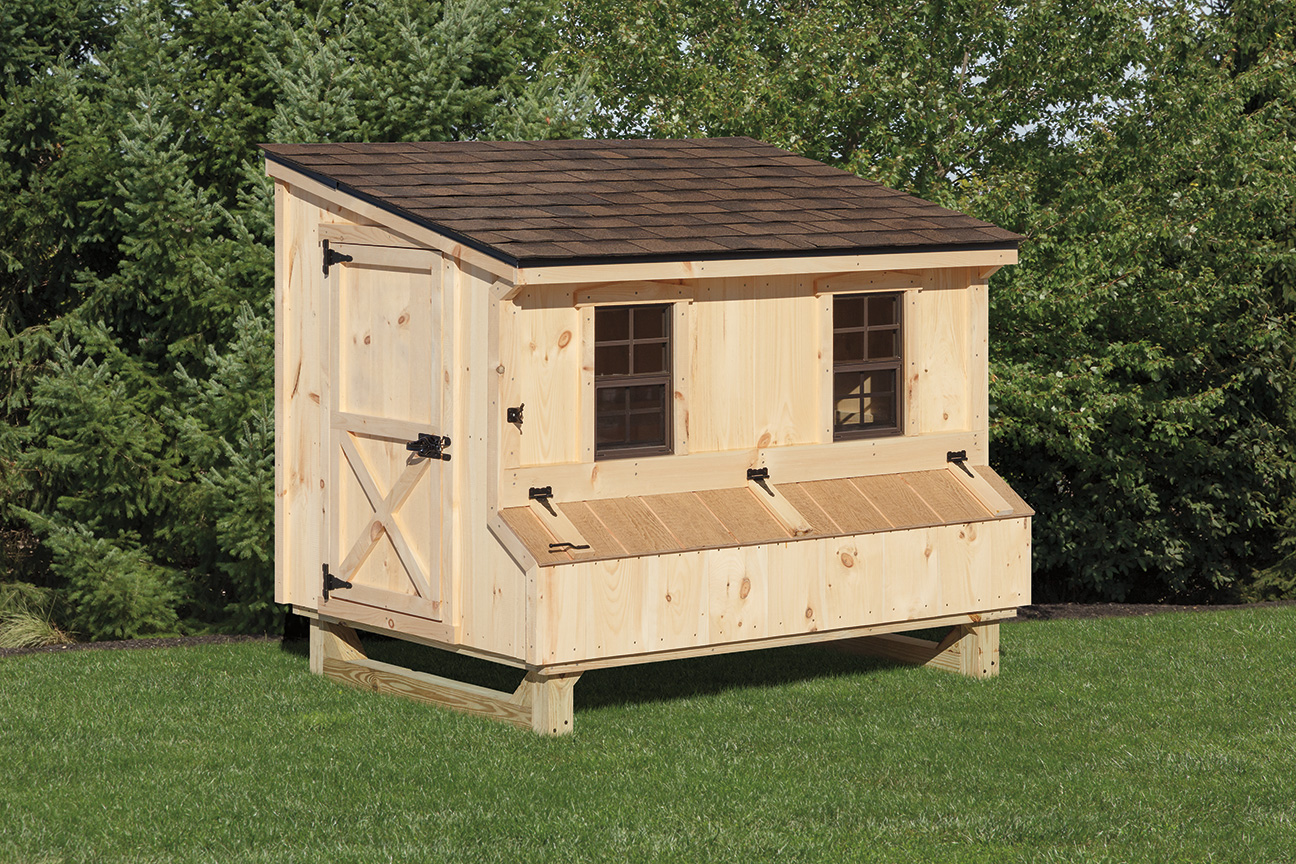Runs provide access to the outdoors for chickens in confinement, but are they really necessary?
I understand that if a chicken is free range they may not need a run. That's not the focus of my question. I am wondering about chickens who do not free range, who are captive 24/7.
Assuming that a coop meets adequate ventilation and square footage.
I've kept large fowl birds always with a run and adequate coop. I've never, ever given my bantams (now deceased) runs. Not even my breeding pens. What would be the considerations for going without a run? Would certain breeds not be advisable for this method? Is it detrimental to the health of the birds?
If toys are added, or flock blocks or other distractions, maybe the birds won't get too bored. Would a rooster overbreed hens in confinement?
With us approaching spring, and coop plans on the horizon, I feel this is an important topic to cover. All insight is welcome, participation is encouraged.
Some examples of coops with and without runs.
View attachment 1632504
A good read on the subject:
https://richsoil.com/raising-chickens.jsp
This discussion is not meant to be about critiquing me, it is meant to be an informative discussion for all readers.


